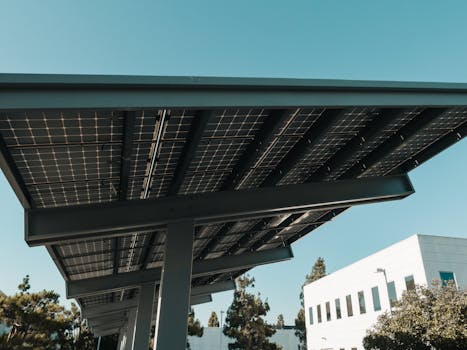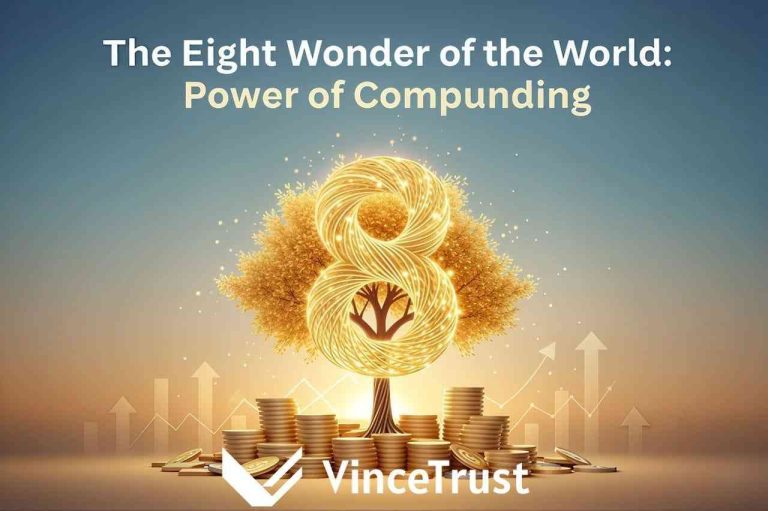
Smart Cities: Urban Trends for 2025
Smart Cities: Urban Trends for 2025 are transforming the way we live, work, and interact with our environment. As the world becomes increasingly urbanized, cities are facing numerous challenges, including congestion, pollution, and inequality. To address these issues, cities are embracing smart technologies and innovative solutions to create more sustainable, efficient, and livable spaces.
Section 1: Introduction to Smart Cities

A smart city is an urban area that uses information and communication technologies (ICT) to enhance the quality of life of its citizens, improve the efficiency of services, and reduce costs. The concept of smart cities has been around for several years, but it has gained significant attention in recent years due to the increasing demand for sustainable and livable cities.
The focus on Smart Cities: Urban Trends for 2025 is on creating cities that are not only sustainable but also resilient, adaptable, and responsive to the needs of their citizens. This requires a holistic approach that takes into account the social, economic, and environmental aspects of urban development.
Section 2: Key Trends Shaping Smart Cities in 2025

Several trends are shaping the future of smart cities in 2025, including:
- Sustainable Energy: Cities are shifting towards renewable energy sources, such as solar and wind power, to reduce their carbon footprint and dependence on fossil fuels.
- Smart Transportation: Electric and self-driving vehicles are becoming increasingly popular, reducing congestion and pollution in cities.
- Urban Agriculture: Cities are incorporating urban agriculture, such as rooftop gardens and vertical farms, to increase food production and reduce transportation costs.
- Smart Buildings: Buildings are being designed with energy-efficient materials and technologies, such as green roofs and solar panels, to reduce energy consumption.
- Waste Management: Cities are implementing innovative waste management systems, such as recycling and composting, to reduce waste and increase recycling rates.
Section 3: Innovative Solutions for Smart Cities

Cities are embracing innovative solutions to address the challenges they face, including:
- Internet of Things (IoT): Cities are using IoT sensors and devices to collect data on traffic, energy usage, and waste management, enabling them to make data-driven decisions.
- Artificial Intelligence (AI): AI is being used to optimize traffic flow, predict energy demand, and detect crime, making cities safer and more efficient.
- Blockchain: Blockchain technology is being used to secure data and enable transparent transactions, such as in energy trading and waste management.
- 5G Networks: 5G networks are enabling faster data transfer and lower latency, supporting the widespread adoption of IoT devices and smart city applications.
Section 4: Challenges and Opportunities for Smart Cities

While smart cities offer numerous benefits, they also face several challenges, including:
- Cybersecurity: The increased use of IoT devices and connected systems creates new cybersecurity risks, which must be addressed through robust security measures.
- Privacy: The collection and use of personal data raise concerns about privacy, which must be balanced with the need for data-driven decision-making.
- Equity and Inclusion: Smart cities must ensure that all citizens have access to the benefits of smart technologies, regardless of income or social status.
- Financing: The development and implementation of smart city initiatives require significant investment, which can be a challenge for cities with limited budgets.
Section 5: Conclusion

In conclusion, Smart Cities: Urban Trends for 2025 are transforming the way we live, work, and interact with our environment. By embracing sustainable energy, smart transportation, urban agriculture, and innovative technologies, cities can create more livable, efficient, and resilient spaces for their citizens. However, cities must also address the challenges associated with smart cities, including cybersecurity, privacy, equity, and financing.






